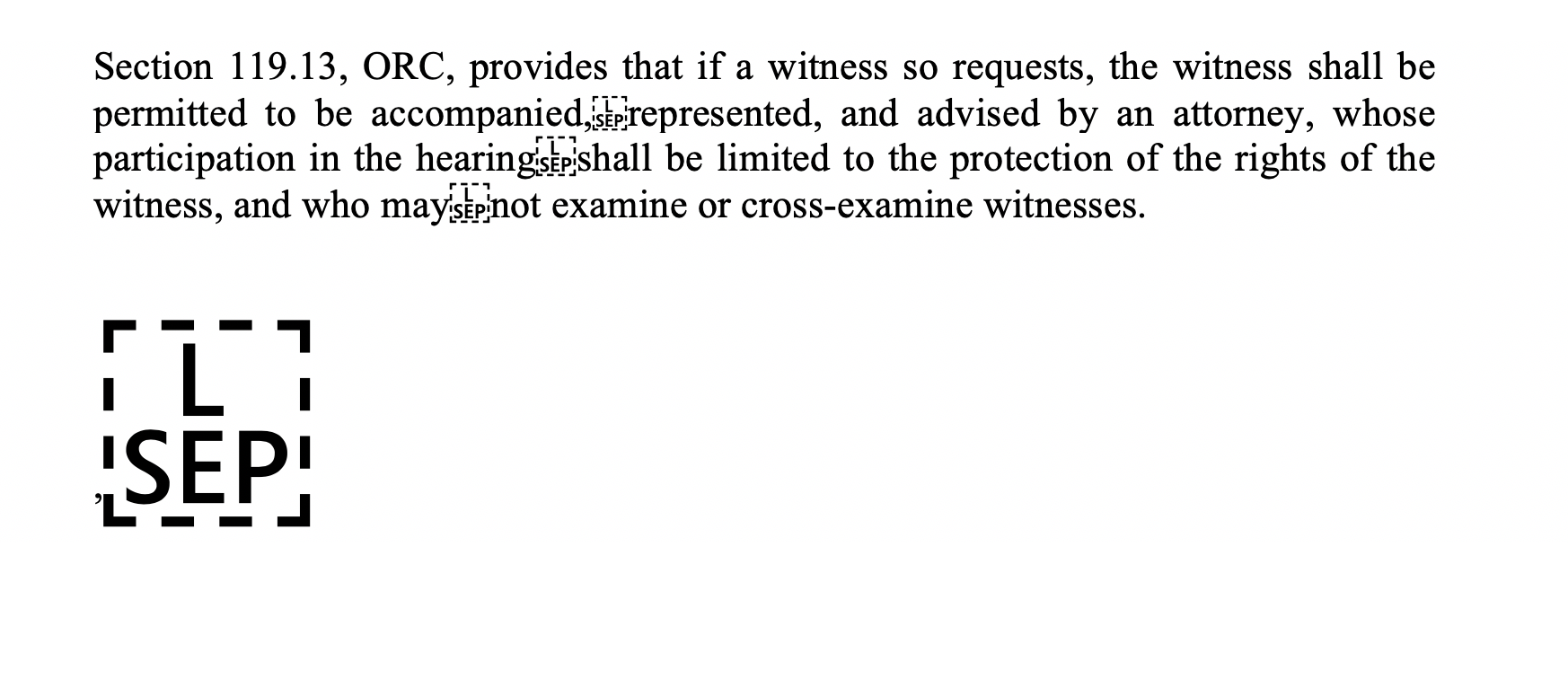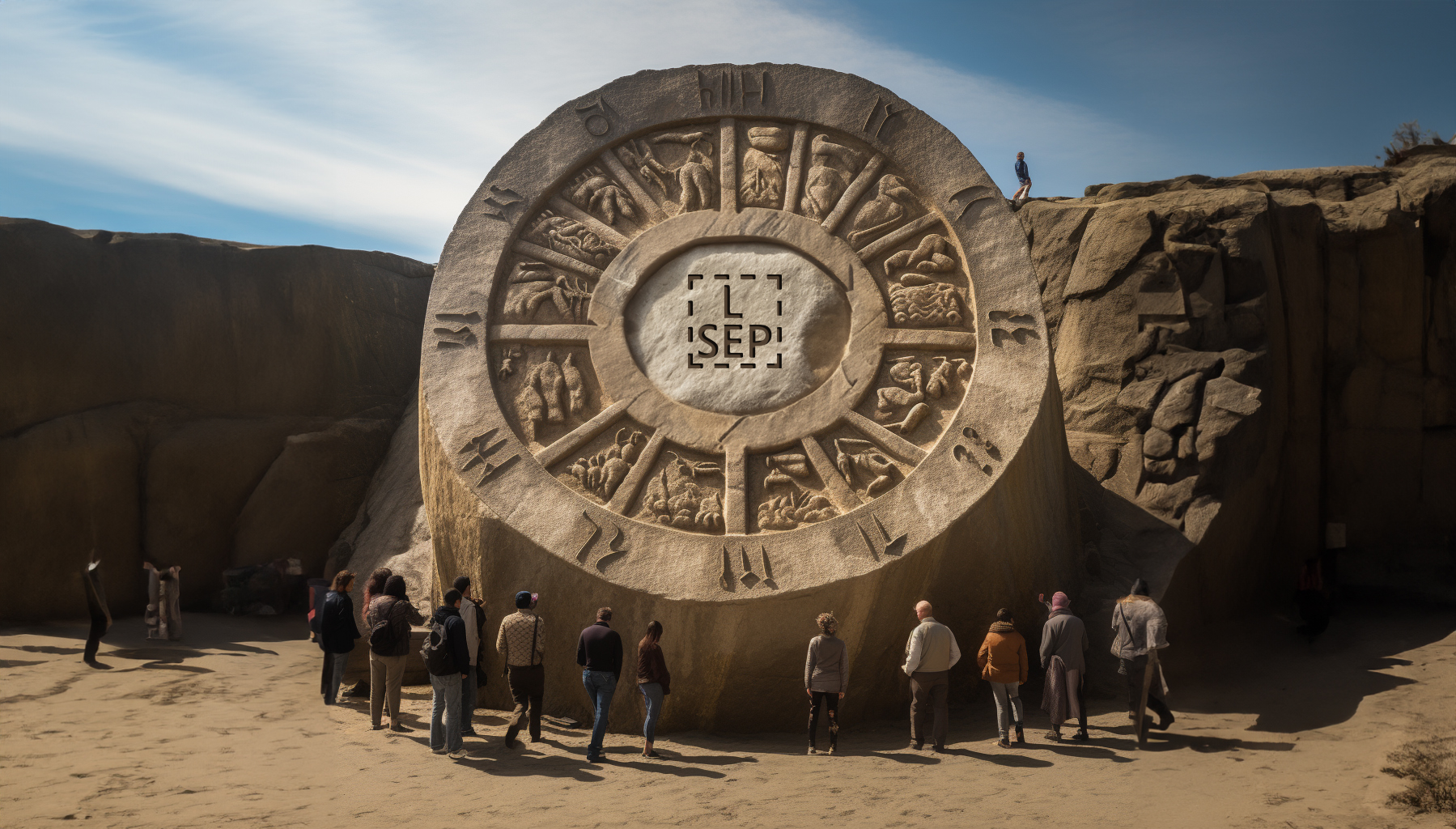The LSEP symbol is not your average everyday character; it stands for “Line Separator.” But why does it appear on websites when it obviously doesn’t seem to belong? The answer to this question lies in the diverse world of character encoding and how data is communicated between different systems.

The Journey of Data
When we type, read, or share information online, we’re interacting with data. This data must be properly coded and decoded to ensure that it maintains its intended meaning, no matter where it’s sent or received. This is where the concept of character encoding comes in.
Most of the time, we’re oblivious to this process – things just work, and that’s awesome. But occasionally, we come across odd characters or symbols in the text, such as the mysterious LSEP, that make us wonder, “What’s going on here?”
The World of Unicode
To better understand this phenomenon, we need to delve into the world of Unicode. Unicode is a universal character set that was designed to encode the writing systems of all the world’s languages. It also includes technical symbols, punctuation, and many other characters used in written text. The Unicode character set includes the LSEP character, which stands for “Line Separator” and is represented as U+2028.
In a perfect world, the LSEP would serve its intended function – marking the end of a line of text in certain formats. However, the online world is anything but perfect, and sometimes systems interpret this character differently, or not at all.

The Appearance of LSEP
The LSEP character is typically invisible and is used in structured data to represent a line break. However, some systems, like certain versions of iOS and some web browsers, do not correctly interpret this character and display it as a visible symbol.
In an ideal scenario, the LSEP should be converted to a more universally recognized line break symbol before it’s sent to the user’s browser, like the newline character (‘\n’). But sometimes, due to a range of reasons from developer oversight to bugs in software, this conversion doesn’t happen.
What Can We Do About It?
As an end-user, there’s not much you can do about the LSEP symbol appearing on websites. If you’re a web developer or a software engineer, though, it’s crucial to ensure that any data you’re sending to a user’s browser is properly encoded. Sometimes it can be casued by something as simple as a “space” after text.
In Conclusion
The appearance of the LSEP symbol on websites is a fascinating glimpse into the complex world of data encoding. It’s a reminder that the seamless internet experience we usually enjoy is underpinned by a myriad of rules and systems working in tandem. While seeing the LSEP can be annoying, it’s also a testament to the beautiful complexity and diversity of the web. So next time you see the LSEP symbol, give a nod to the vast world of Unicode and the intricate dance of data it represents.
